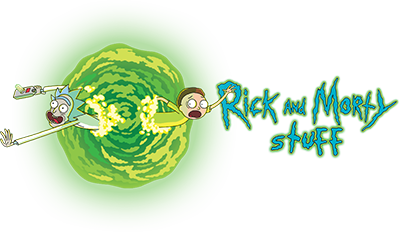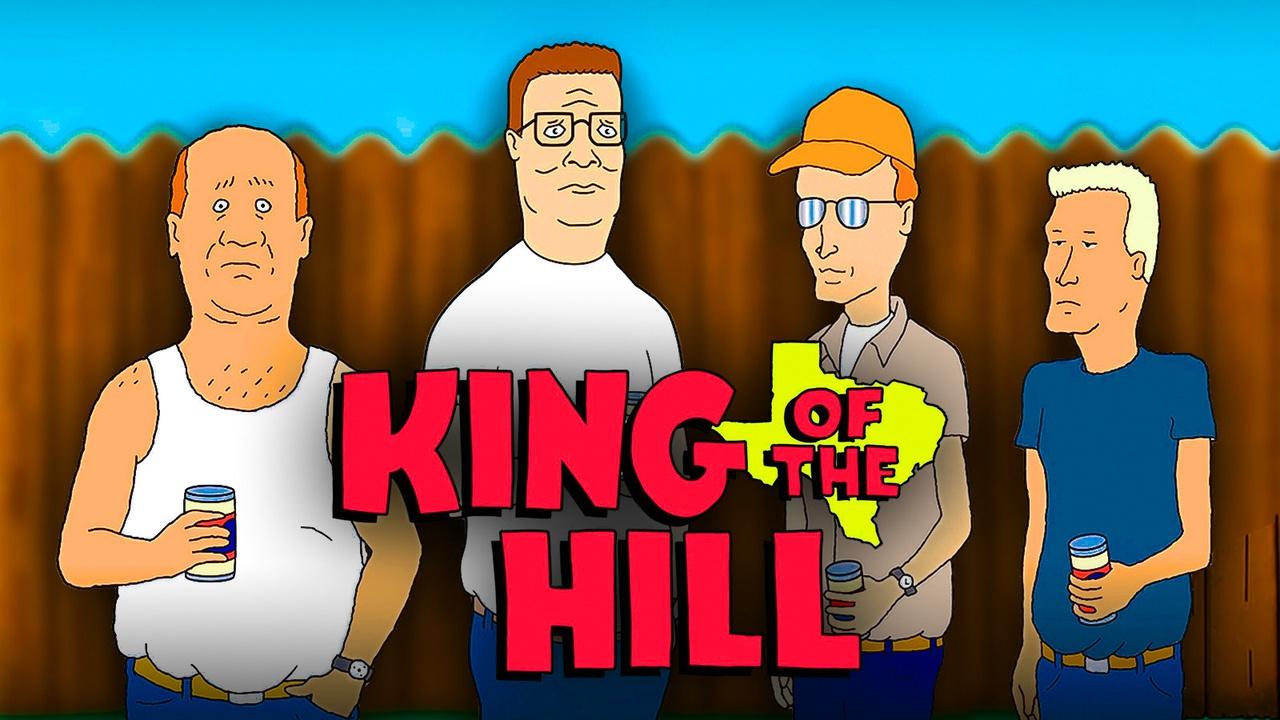“King of the Hill,” created by Mike Judge and Greg Daniels, debuted on Fox in 1997 and quickly became a staple in animated television. Unlike its contemporaries, which often leaned heavily on surreal humor and exaggerated character archetypes, “King of the Hill” offered a grounded, slice-of-life perspective that resonated with audiences. The show centered around the Hill family, who navigated the complexities of suburban life in the fictional town of Arlen, Texas. With its distinctive storytelling style and character-driven humor, it laid the groundwork for future animated series to explore more relatable narratives.
Realism and Relatability in Animation
The primary strength of “King of the Hill” was its commitment to realism and relatability. The characters, from the no-nonsense propane salesman Hank Hill to the free-spirited Boomhauer, were crafted with depth and nuance, reflecting the diverse personalities found in everyday life. This authentic portrayal of middle America was a marked departure from animated tropes that often presented larger-than-life situations. The show’s ability to tackle social issues, family dynamics, and the trials of ordinary living not only entertained but also invited viewers to reflect on their own lives. Through its unique lens, “King of the Hill” illustrated that humor could exist in the mundane, paving the way for future shows like “Bob’s Burgers” and “The Great North.”
A New Wave of Humor
Another significant impact of “King of the Hill” on animated television comedy was its subtle approach to humor. Unlike other animated series that relied on rapid-fire jokes, gags, and absurd situations, “King of the Hill” employed a slower pace that allowed character interactions to shine through. The humor often stemmed from nuanced dialogue and character quirks rather than outlandish scenarios. This approach has inspired subsequent shows to prioritize character development and organic comedic moments over quick punchlines. The series’ witty commentary on American culture, from consumerism to regional differences, has also influenced how animated comedies explore broader themes with intelligence and warmth.
The Expansion of King Of The Hill Merchandise
The influence of “King of the Hill” extends beyond television and into the world of merchandise. From collectibles to clothing, the demand for “King of the Hill merchandise” demonstrates the show’s enduring popularity. Fans can find a variety of products featuring beloved characters and iconic quotes. Items such as action figures, mugs, and T-shirts reflect the show’s appeal, creating a vibrant community of fans who celebrate the series in various forms. This merchandise not only serves as memorabilia but also highlights how the show’s characters and themes resonate with audiences long after the final episode aired in 2010. The availability of high-quality, nostalgic merchandise allows new viewers to discover the show while giving longtime fans a way to connect with their favorite moments.
The Enduring Legacy
As “King of the Hill” embarks on its journey toward a revival, the legacy it has built over the years remains undeniable. Its impact on the animated television landscape is profound, changing the way stories are told through animation. The show’s blend of humor, commentary, and relatability has carved out a unique space within the genre, establishing a blueprint that future creators continue to follow. As we look forward to the next chapters of the franchise, including exciting “King of the Hill merchandise” collections, we can celebrate the show’s culture-defining contributions and the laughter it continues to inspire in generations to come.

